The Percy Allen Story
Australian Bridge Designer and Rugby Lover
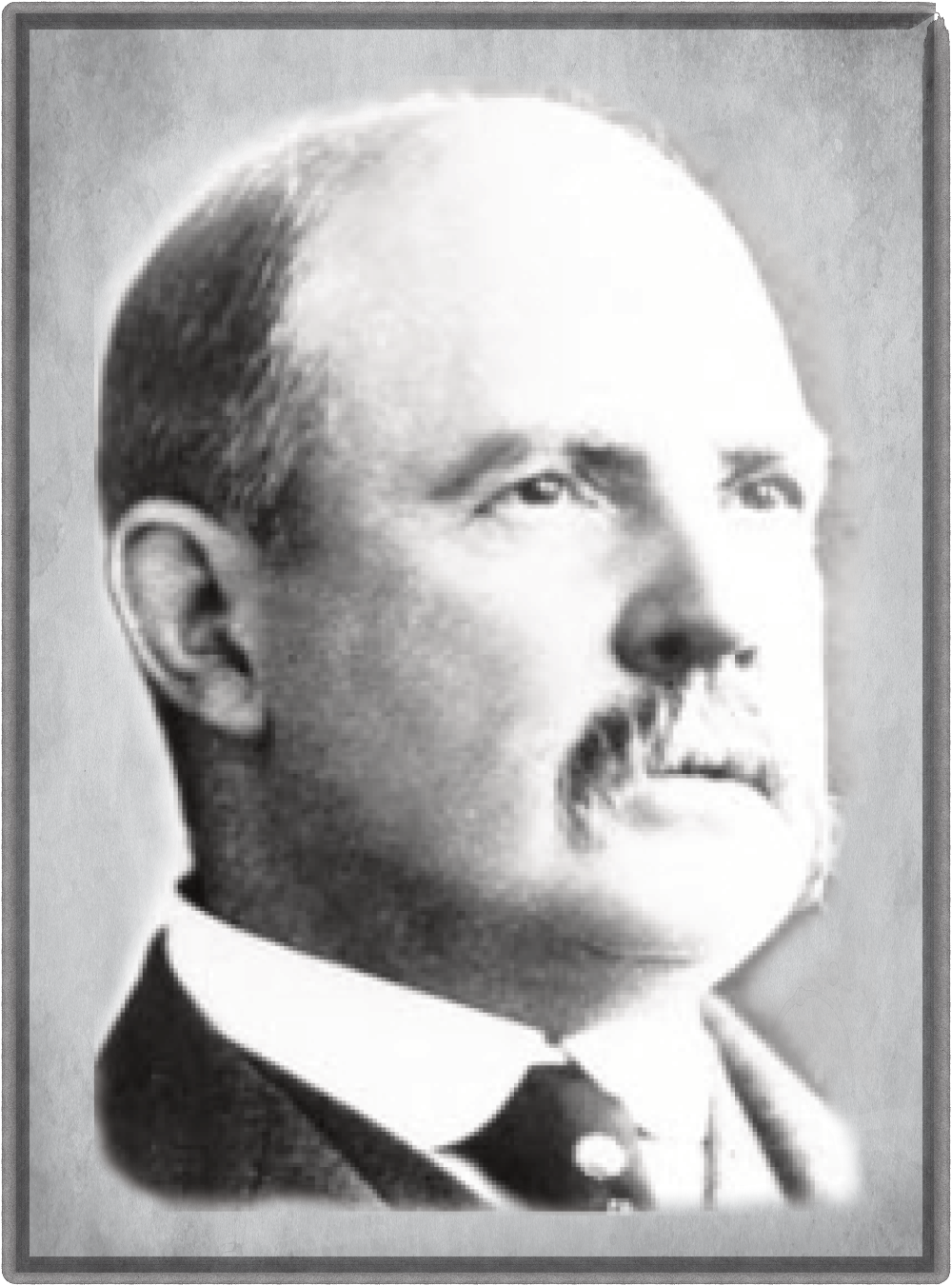
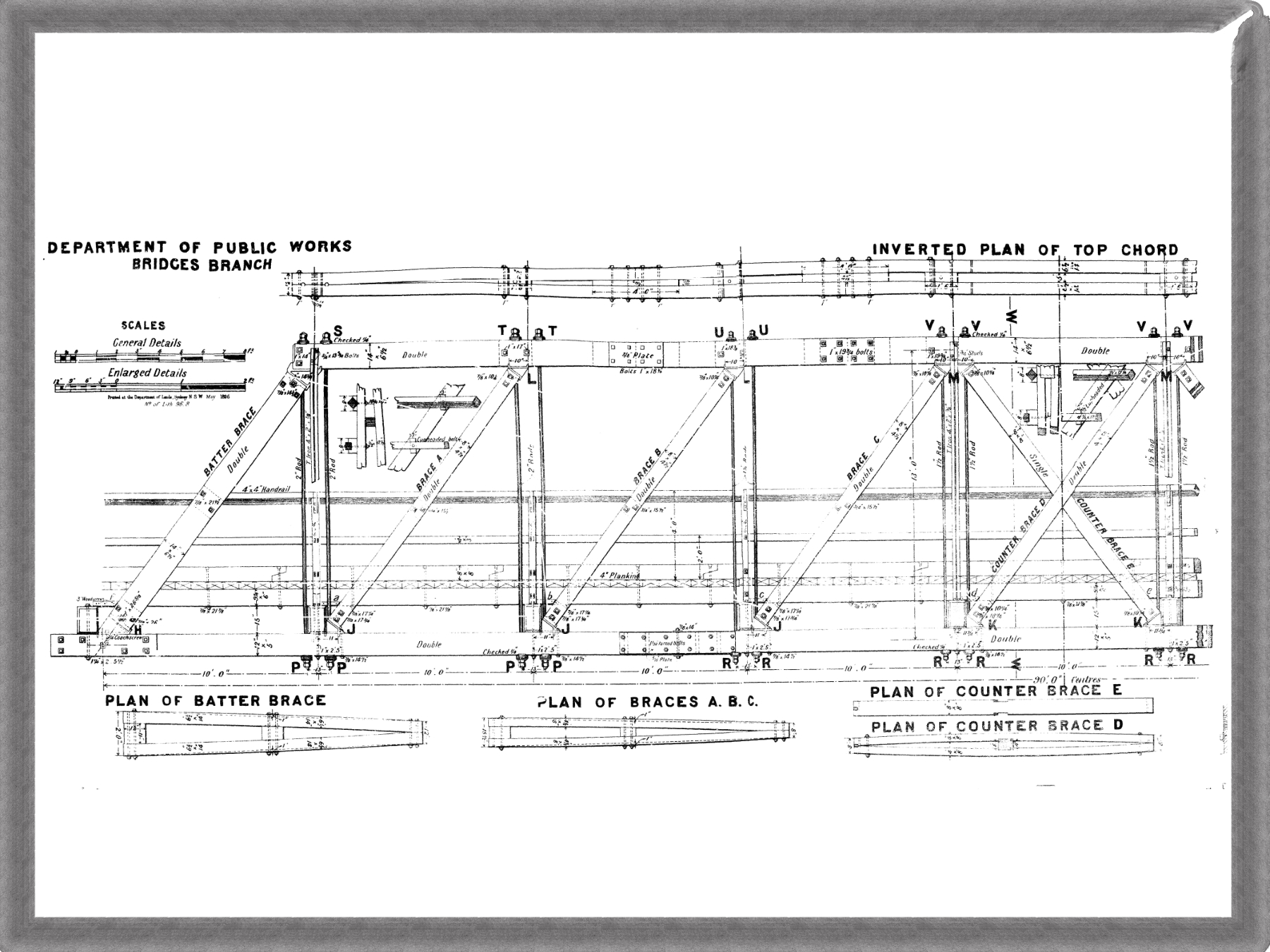
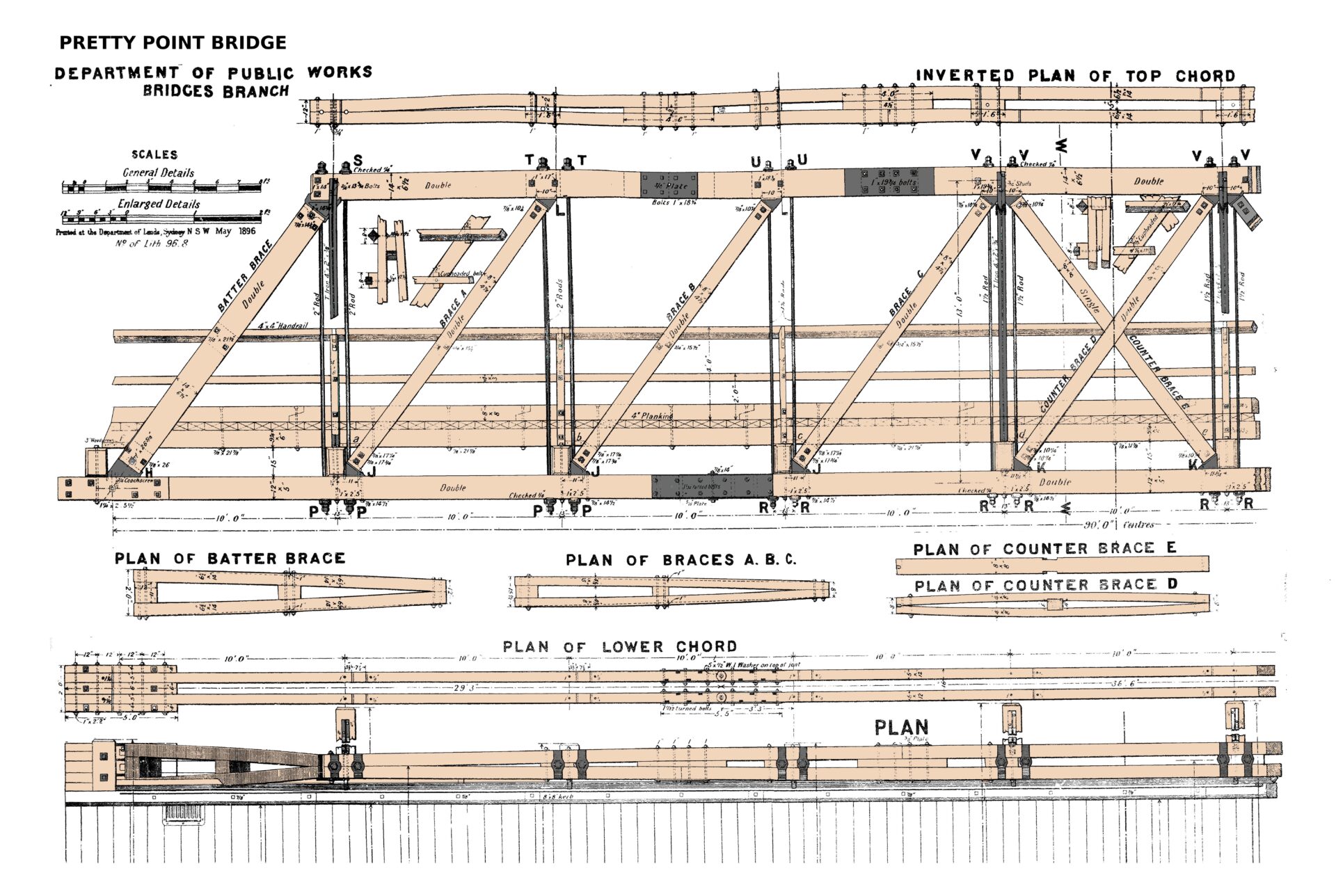
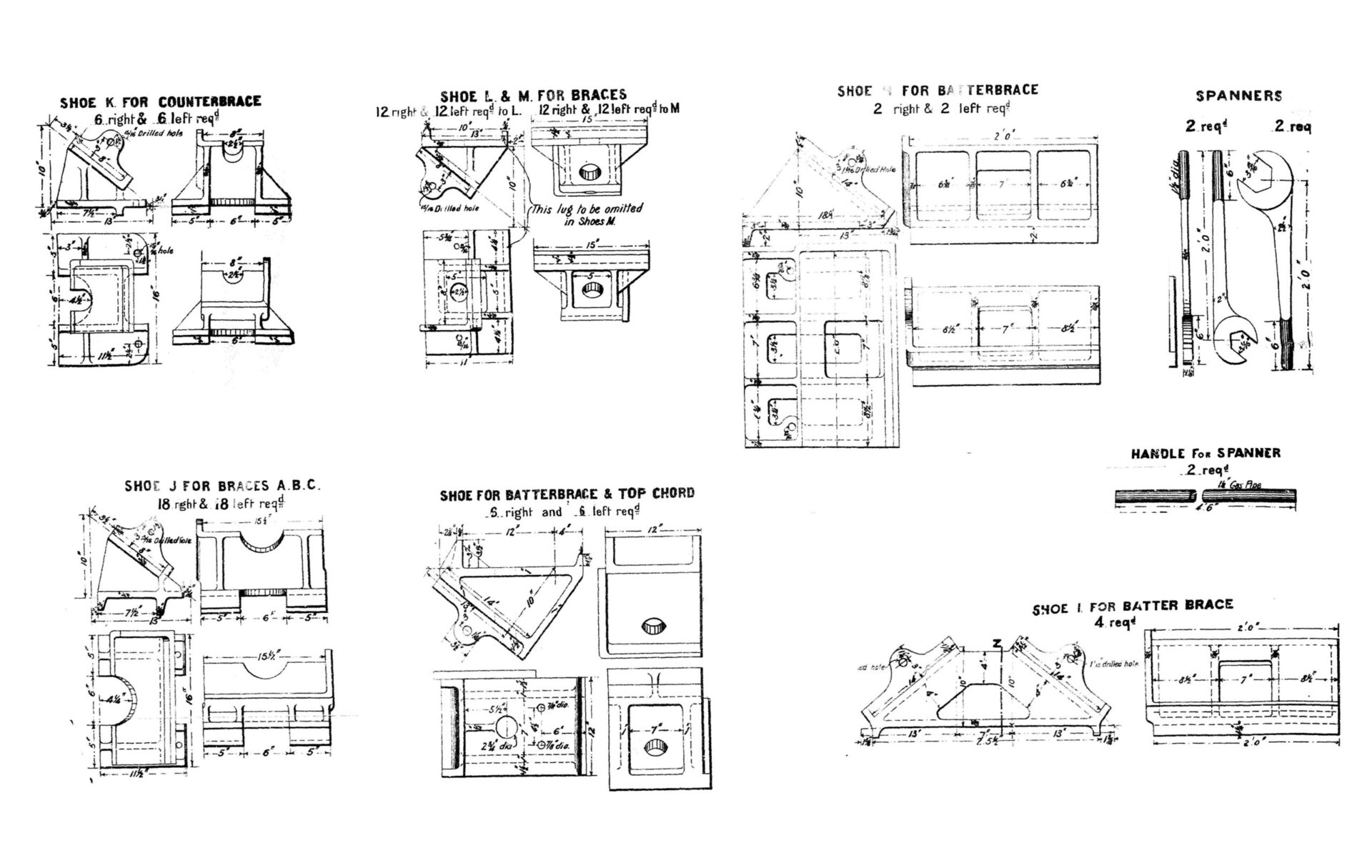
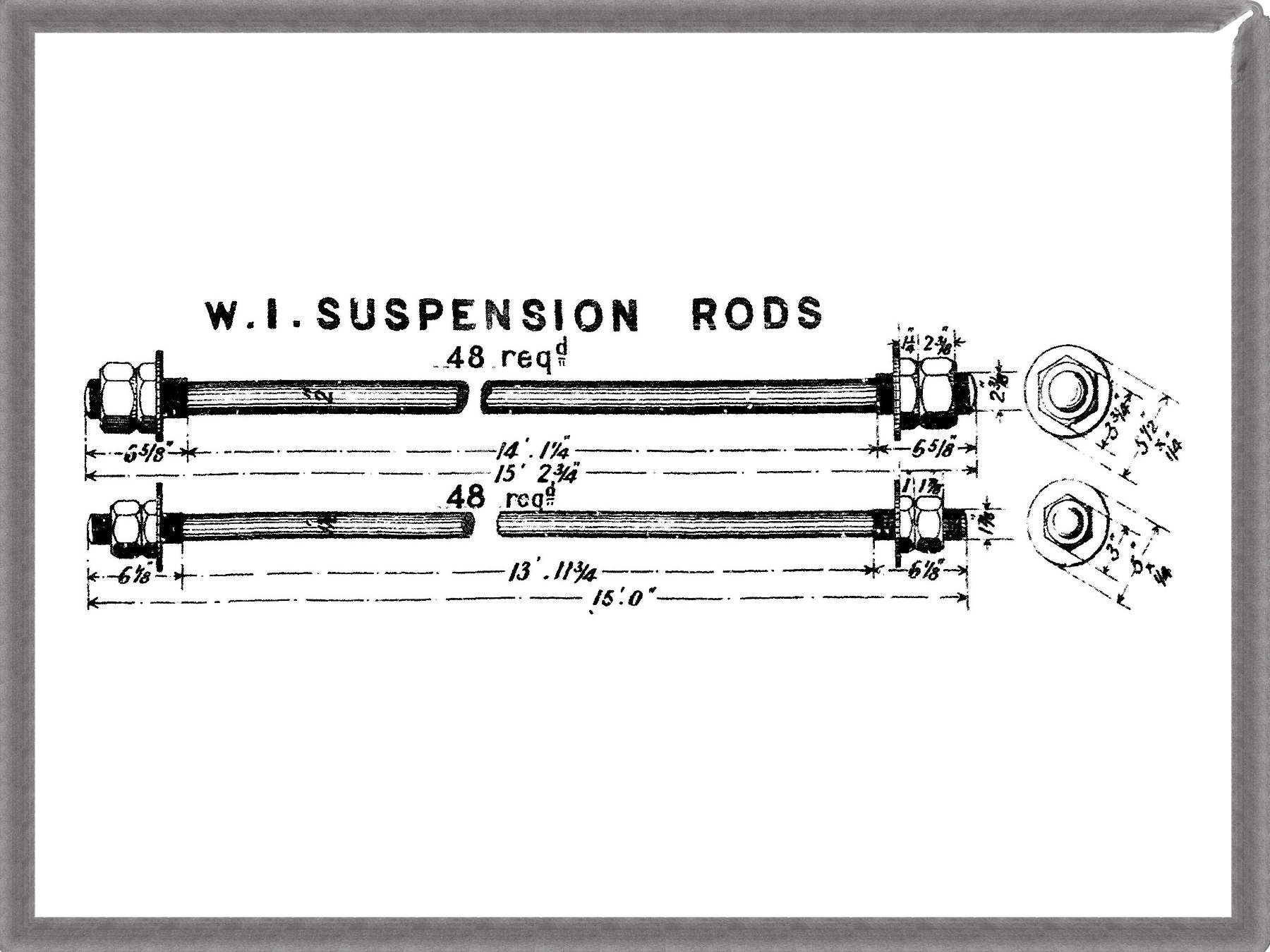
Percy Allan (12 July 1861 – 7 May 1930) was born in Sydney, and employed by the NSW Works Department as a cadet in 1878, at 17 years of age.
From 1893-1899, Mr Allan designed hundreds of bridges and punts; these included the well- known Pyrmont Bridge and Glebe Island Bridge.
As a member of the Institution of Civil Engineers, London, he also presented papers to which “recorded discussions of these papers in London show a lively interest in the achievements of colonial engineers.”
After several years working on water supply and drainage in Sydney as well as the Hunter District, Mr Allan returned to bridge design. He assumed responsibility for the steel Pratt truss-type bridges, including another Sydney landmark: Tom Ugly’s Bridge, built over the Georges River.
Percy Allan had a love of rugby. When a player with the Newtown Football Club, he toured New Zealand in 1886. Later, he became a rugby referee. Rugby union was played in New South Wales at this time; being controlled by organisations affiliated with the English RFU.
In 1893, Percy Allan designed a truss-type bridge based on the American Howe truss. It was later named in his honour as the Allan Truss Bridge.
This design held many improvements and innovations over earlier truss designs due to Mr Allan’s design and practical experience. It had a much simpler arrangement of interconnected triangles, and was more cost-effective than its’ predecessors.
The greatest innovation was the use of double members for all truss chords. This made repairs easier and quicker, and the bridge did not have to be closed for maintenance.
All timber members were relatively smaller and shorter sizes, spliced at regular intervals for the top and bottom chords, laid parallel in pairs but held apart by spacer timber blocks. This allowed rainwater to fall through, gave easy access for painting and increased the buckling strengths of the compression members.
External iron clamps at the joints meant that the vertical rods could be placed within the space between the top and bottom chord timbers or outside these members. One, two or three vertical rods could be accommodated depending on the magnitude of the sheer force at the member.
Cast-iron shoes at all joints ensured proper truss action and a good transfer of member forces at the joints.
From 1894 until 1929, 105 Allan Truss bridges were constructed in New South Wales. Less than twenty exist today. Most are on the State Heritage Register or controlled by local councils. Only some of these bridges are operational.
Percy Allan retired in 1926, an accomplished - and by now famous - bridge designer.
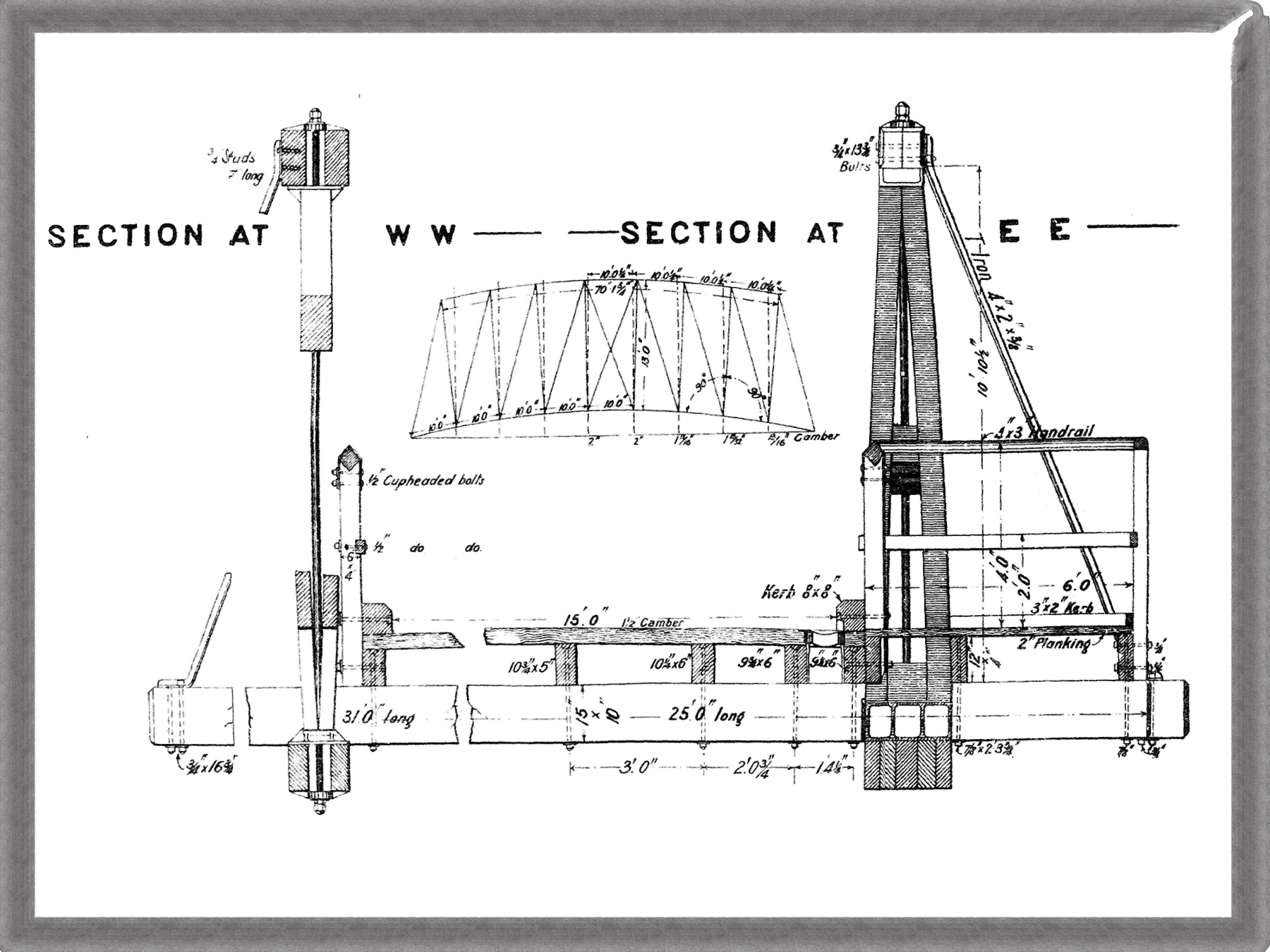
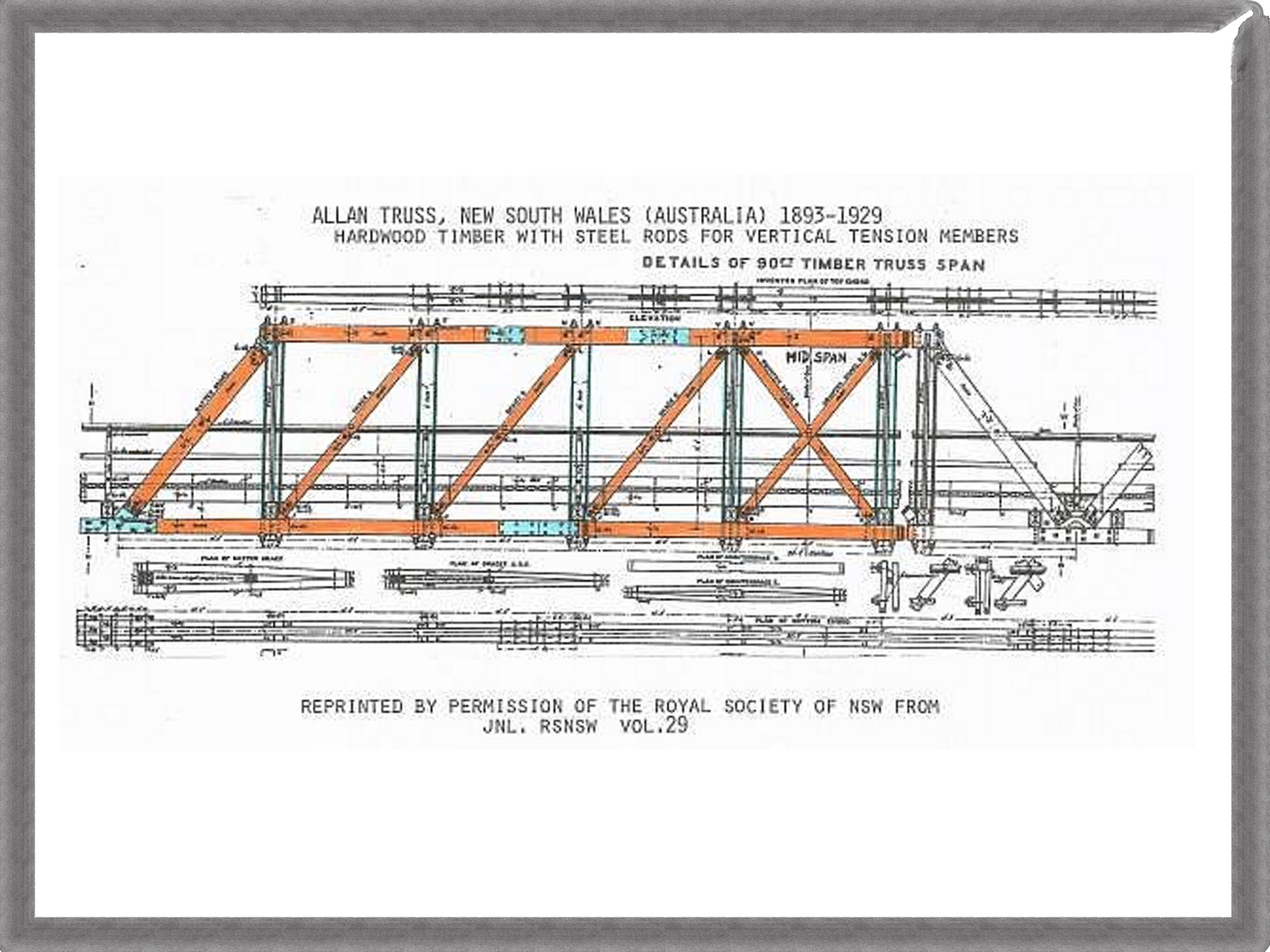
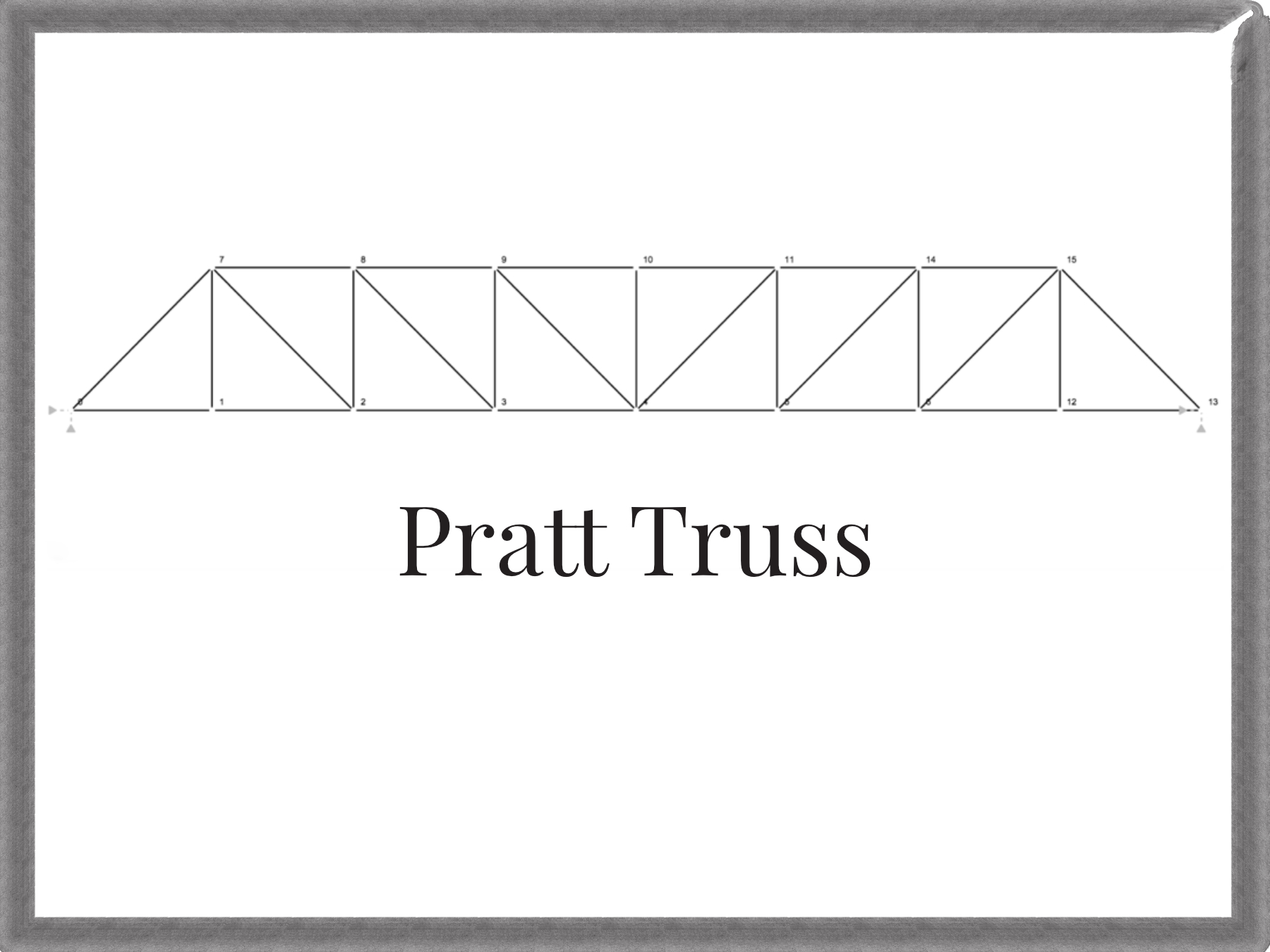
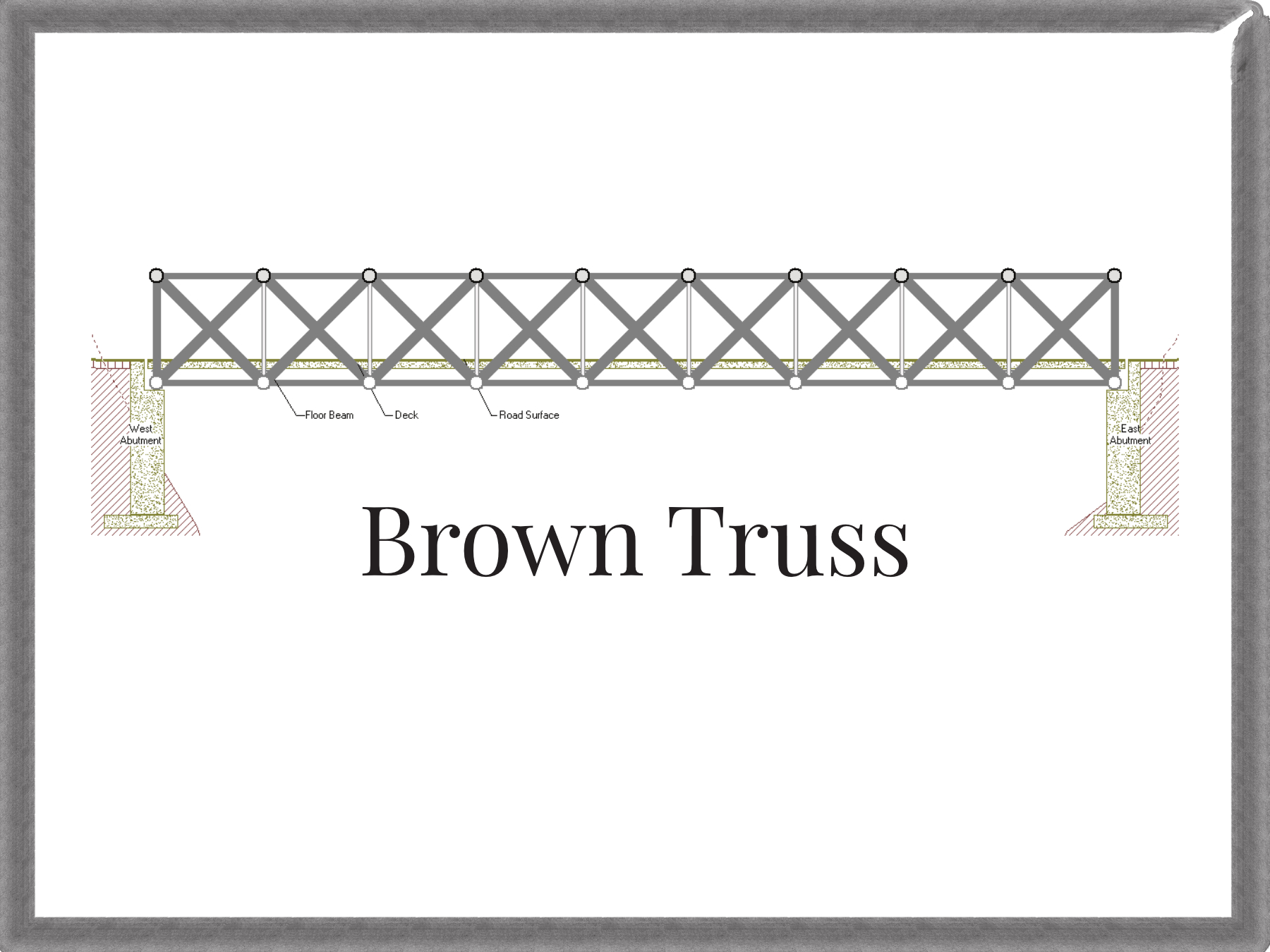
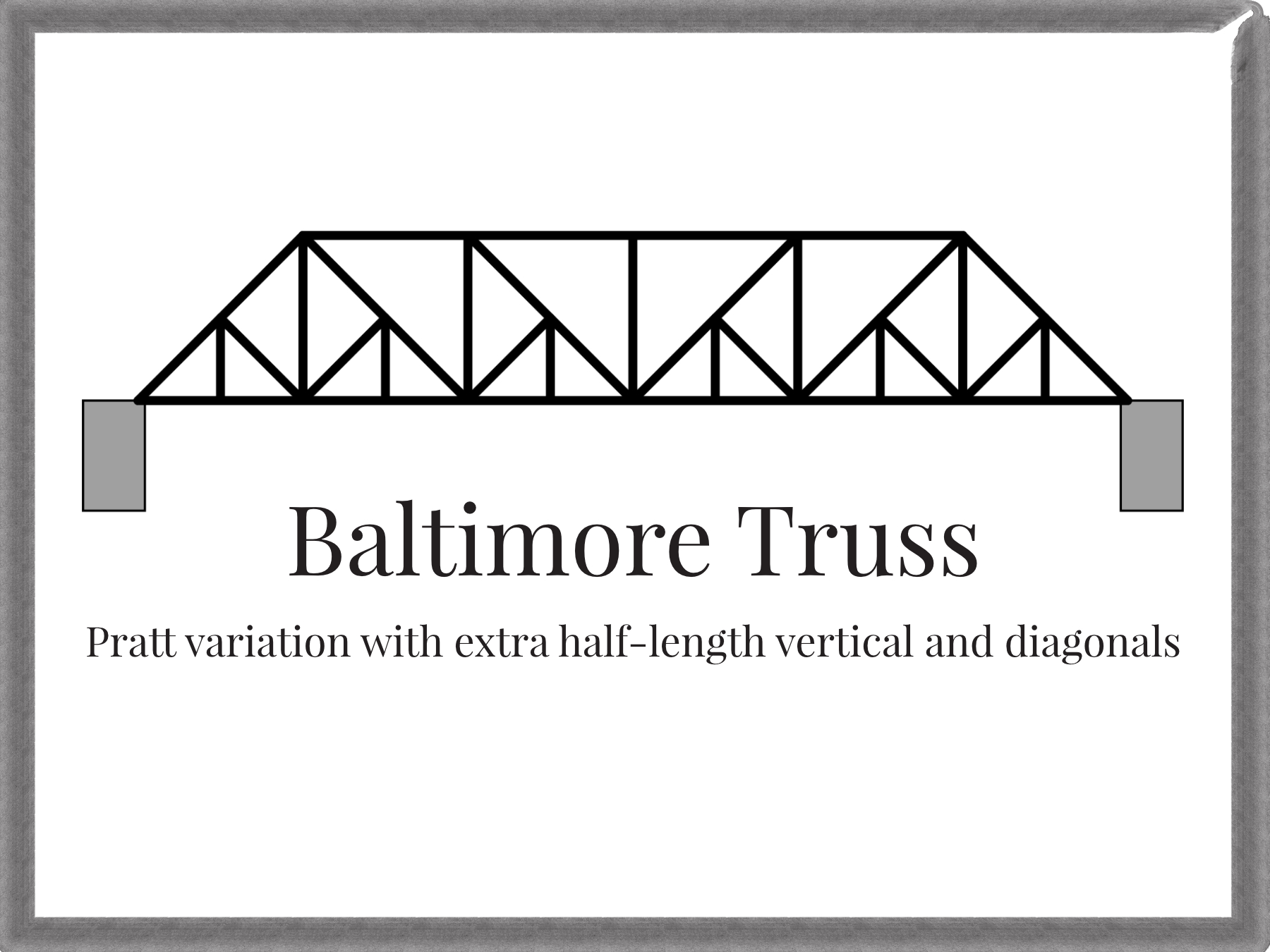
Truss Bridges
Trusses were used extensively in bridges from the early 1800s.
The use of trusses in bridges has become less common, so these days trusses are more likely to be found in the roofs of buildings and stadiums, towers, construction cranes, and similar structures and machinery.
A truss is composed of ‘members’ (e.g. pieces of steel or timber) which are commonly arranged in triangles, and these triangles are connected to form a rigid framework.
The truss is a solid system of resisting tension and compression, transferring weight or load from a single point to a much wider area.
There are various types of truss bridges, namely the Pratt, Warren, Howe, Fink, Bowstring, Baltimore, Brown, Lattice, Camelback and so on. Each bridge type has its’ own configuration of triangular units.
Timber was used when there was a good supply, however steel began being used with timber or fully replaced timber in the late nineteenth century.
